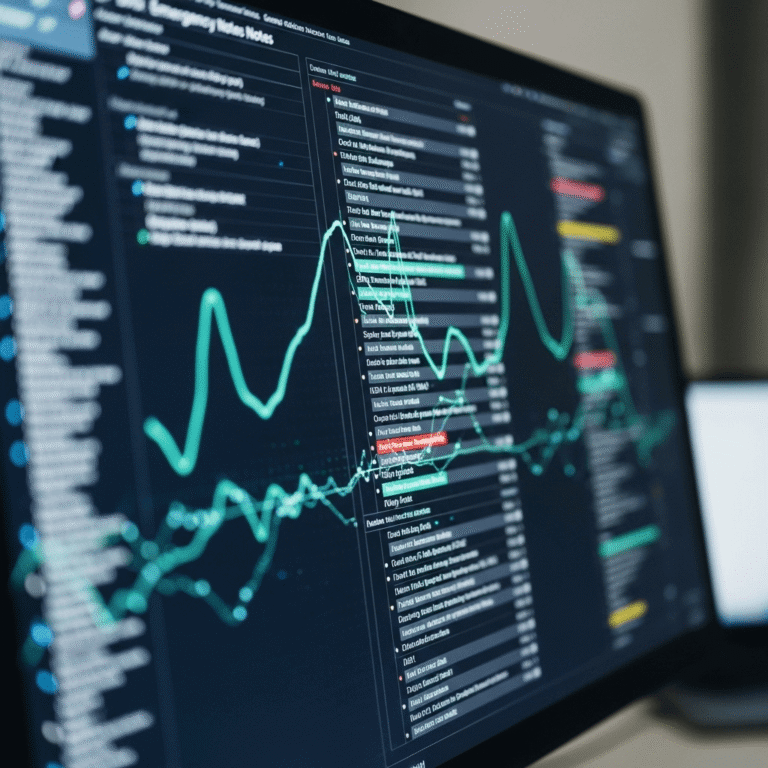AI Unmasks 1000+ Fake Journals, Cleans Academic Publishing
The rise of artificial intelligence offers powerful tools for tackling complex problems, and now it’s helping to cleanse the world of science. A groundbreaking US-developed AI system has identified over 1,000 fake scientific journals by meticulously analyzing website patterns and other digital clues. This innovative technology significantly contributes to cleaning up academic publishing and protecting the integrity of research worldwide.
The AI Revolution in Academic Integrity: How a US-Developed System Detects Predatory Journals
The academic world faces a silent but pervasive threat: predatory journals. These publications exploit the “publish or perish” culture, often charging researchers fees to publish their work without providing legitimate peer review or proper editorial oversight. Consequently, they flood the scientific landscape with low-quality, unverified, or even fake research, wasting resources and eroding trust in science.
Fortunately, a powerful new ally has emerged in this fight. Researchers from the University of Colorado Boulder, in collaboration with the Polish Academy of Sciences, developed an advanced AI system specifically designed to unmask these fraudulent operations. This US-developed AI identified over 1,000 fake scientific journals through sophisticated analytical methods.
How does this AI manage such a feat? It employs a unique approach focused on analyzing various digital patterns. Firstly, the system scrutinizes website patterns, examining factors like the journal’s domain age, the number of broken links on its site, geographical location of its hosting servers, and even the prevalence of grammatical errors in its content. Furthermore, it delves into the publication’s content, assessing the credibility of its claimed editorial board members, the transparency of its contact information, and the validity of any indexing claims it makes. By comparing these characteristics against those of known legitimate journals, the AI effectively flags suspicious entities. Thus, this innovative technology provides a much-needed tool for combating fake science and upholding academic integrity.
Cleaning Up Science: The Impact and Future of AI in Publishing
The identification of over 1,000 fake scientific journals by this US-developed AI has profound implications for the future of academic publishing. Predatory journals cause significant harm; they mislead researchers, misdirect valuable funding, and ultimately damage the reputations of sincere scholars who inadvertently publish in them. Moreover, they inject unreliable information into the public sphere, making it harder to distinguish credible science from misinformation.
Consequently, this AI system offers a crucial solution. By pinpointing these fraudulent operations, it helps researchers avoid publishing in disreputable venues, thereby protecting their work and careers. In addition, it assists universities and funding bodies in making informed decisions about where to invest resources and what research to trust. The impact of this technology extends beyond simple identification; it empowers the scientific community to maintain higher standards of quality and rigor.
Looking ahead, AI’s role in cleaning up academic publishing will likely expand. As predatory practices evolve, so too will the algorithms designed to detect them. This continuous advancement promises a more robust and trustworthy scientific ecosystem. Ultimately, systems like this AI help safeguard the truth, ensuring that the valuable work of legitimate researchers receives proper recognition and that the public can rely on the integrity of scientific findings. The battle against fake science is ongoing, but AI provides a powerful and indispensable weapon.
The innovative US-developed AI marks a significant step towards cleaning up academic publishing. By expertly analyzing website and content patterns, this system has successfully identified over 1,000 fake scientific journals, effectively combating misinformation. This crucial technology empowers researchers and institutions, ensuring greater trust and integrity in the scientific landscape. Ultimately, it helps secure a future where reliable knowledge can thrive without the shadow of predatory practices.
Article Source: Times of India https://timesofindia.indiatim.es/education/news/a-us-developed-ai-has-identified-over-1000-fake-scientific-journals-by-analysing-website-patterns-heres-how-its-helping-to-clean-up-academic-publishing/articleshow/123624269.cms







